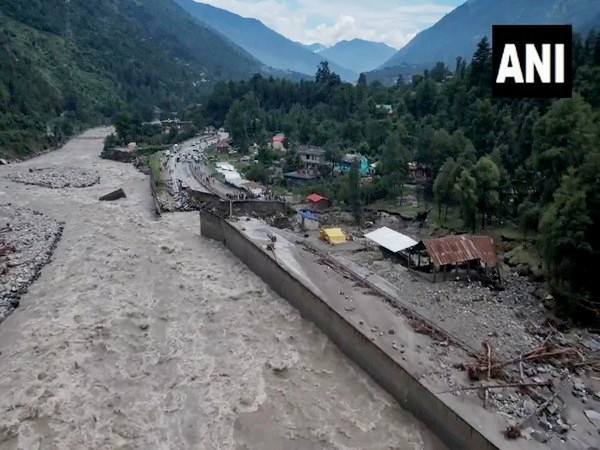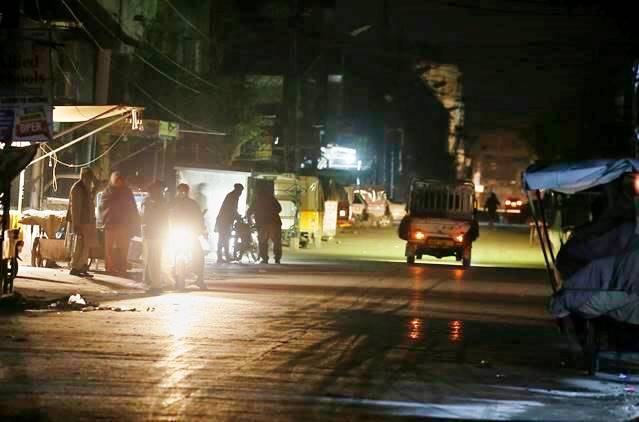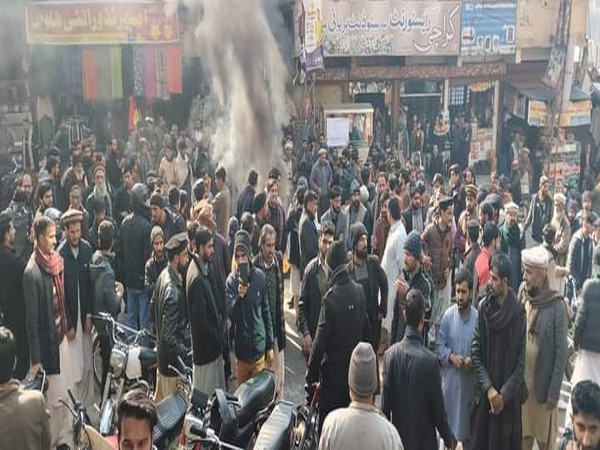Electricity, water supply and communications networks were disrupted in the Kaza area of Lahaul-Spiti district in the upper reaches of Himachal Pradesh on Saturday after a fresh of snowfall across the state, an official said.
Normal life was thrown out of gear in the tribal areas of the district following near-relentless snowfall over three consecutive days–on March 2, 3 and 4.
Speaking to ANI over a satellite phone, an official from the local administration said the entire communication system in the area fell apart following fresh snowfall and only satellite phones were working.
Along with communication lines, the power and water supply have also been hampered by the elements, the official informed.
All communication networks and water supply could only be restored once the power lines and up and running again, the official added.
Further, the official informed further work was underway on a war footing to restore electricity and communication lines at the earliest.
He said several roadways, including three national highways, have been closed in the region in light of the snowfall.
An official in the state disaster management department informed that 346 roads, including 3 national highways, are closed while 365 electricity supply schemes have been hampered and 8 water supply schemes have been disrupted in the wake of the snowfall.
In Lahaul -Spiti district, two national highways and 260 roads are closed and 155 electricity supply schemes have been disrupted.
Earlier, on March 3, an avalanche struck Lahaul’s Tandi Bridg, partially burying shops in the area.
However, no casualties or major losses were reported in the incident. (ANI)
For more details visit us: https://lokmarg.com/



